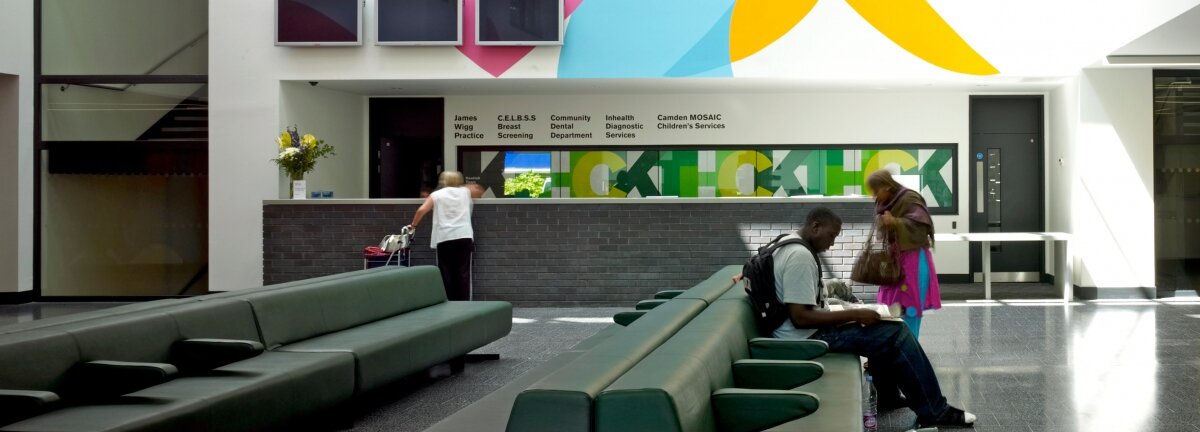Measuring the benefits of inclusive design

Public health professionals need to articulate the benefits of inclusive design to our health and well-being.
The potential of inclusive design to contribute to our health and wellbeing through accessible buildings, spaces and transport is widely acknowledged. Now, as the Government contemplates dismantling our building regulations, the need to articulate those benefits has never been greater. The problem we face is that it’s very difficult to measure these benefits. I believe this is an opportune moment for health professionals to help devise a method to quantify the benefits of inclusive design in order to communicate its practical contribution.
The first UK legislation to acknowledge a link between the design of the built environment and disabled peoples’ lives was in 1971. Designers were encouraged to incorporate accessible building features that we now routinely expect. Though narrowly prescriptive (accessible entrances, lifts and accessible WCs) and first applied only to new educational buildings, places of employment soon followed. While the underlying intention was clear, the ambition and scope was timid.
While it’s essential now to apply inclusive design to new buildings, new housing and new transport, the greater task lies still with our existing buildings.
Fourteen years later in 1985, Building Regulations required that all public buildings were designed inclusively, and be accessible to disabled people. More recently many local authorities started applying similar requirements to new housing, responding to the costly and unwelcome prospect of older people leaving home and going into care. Most recently we saw the current requirements for accessibility applied to public transport. The extent of access improvements made to the built environment since 1971 are significant by any standards. But we still have no agreed method to calculate the cost benefits of these laudable improvements.
While it’s essential now to apply inclusive design to new buildings, new housing and new transport, the greater task lies still with our existing buildings and critically, our existing streets and public spaces. The considerable cost of improving these will be borne by local authorities who will in turn need to justify the benefits of their proposals to Government and other funding agencies.
Tesco, Sainsbury's and other retailers will readily justify expenditure on inclusive design by improved retail figures. Regrettably our public health professionals do not yet have a similar cost benefit analysis to draw on.
Imagine if you will, a Public Health official bearing down on a Highways Officer and demanding improvements in accessibility to local streets or a local park. Intuitively we know that a more accessible built environment must be good. It will help older and more vulnerable people to better engage with their communities, with work even, and to take greater responsibility for their own lives. But the professional collaboration necessary to quantify and spell out the benefits to health and well-being is not yet in place.
Our increasingly older and disabled population, with considerable collective spending power, has to some extent ensured both political and business interest in inclusive design. Tesco, Sainsbury's and other retailers will readily justify expenditure on inclusive design by improved retail figures. Regrettably our public health professionals do not yet have a similar cost benefit analysis to draw on.
Design professionals, highways engineers included, are open to influence, and access consultants and others can tell them what to do. But first, health professional must assist in devising a method for demonstrating the benefits of inclusive design in order to make the case. Concerns for health succeeded in a ban on smoking in public building almost overnight. Inclusive design – already fifty years in the making – has got some catching up to do.
Subscribe to our newsletter
Want to keep up with the latest from the Design Council?
